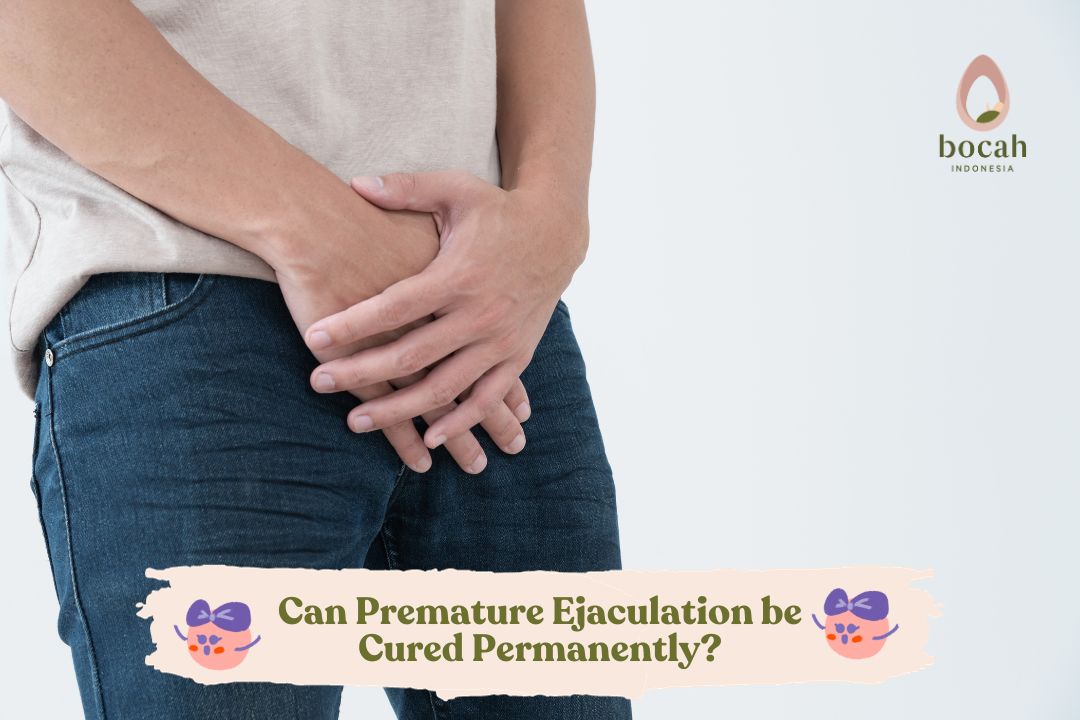Aspermia: Ejaculation Without Sperm

Aspermia, also known as dry orgasm, is a condition where a man ejaculates without releasing sperm. Aspermia may come and go on its own but can sometimes persist and affect fertility. This condition occurs when there’s a reduction in the amount of semen or sperm, or due to a blockage in the sperm ducts, preventing semen and sperm from being released during ejaculation.
However, there’s no need to worry. Many causes of aspermia can be treated or managed with assisted reproductive techniques such as IVF (in vitro fertilization). With the right diagnosis and medical assistance, the chance of having children remains open.
What is Aspermia?
Typically, the testicles produce sperm that then travels through the reproductive system, mixing with fluids to form semen. Semen is the fluid that exits the penis during ejaculation. If you experience aspermia, you may have semen, but it does not contain sperm.
Aspermia often occurs after frequent ejaculation in a short period, depleting semen so there is none left during orgasm. This is a normal occurrence, and sperm will typically replenish in a few days. This type of aspermia is harmless and does not impact fertility.
However, caution is needed if aspermia persists or results from a medical condition. Aspermia caused by these factors may affect fertility. It often occurs after prostate or bladder removal surgery and can also result from congenital reproductive issues, low testosterone levels, or diabetes.
Tanya Mincah tentang Promil?
Types of Aspermia
There are three types of aspermia:
- Pre-Testicular Aspermia: The testicles and reproductive tracts appear normal but are not sufficiently stimulated by hormones to produce sperm. This can occur after chemotherapy or due to hormonal imbalances and is considered non-obstructive aspermia.
- Testicular Aspermia: In this type, sperm production is poor or nonexistent due to disorders or structural damage to the testicles. This is also classified as non-obstructive aspermia.
- Post-Testicular Aspermia: Caused by a blockage or disconnection along the reproductive tract, preventing sperm from exiting. This type, also known as obstructive aspermia, is the most common, affecting up to 40% of individuals with aspermia.
Causes of Aspermia
Aspermia can be due to a blockage or other factors such as genetics or hormonal imbalance.
- Obstructive Aspermia (Post-Testicular): Blockages often occur in the epididymis (the coiled tube where sperm matures), vas deferens, and ejaculatory ducts. This essentially creates a barrier, preventing sperm from leaving the testicles. Common causes include:
- Trauma or injury to the testicles
- Infections (e.g., epididymitis)
- Inflammation
- Retrograde ejaculation
- Prior surgeries in the pelvic area
- Cysts or growths
- Vasectomy
- Genetic mutations (such as cystic fibrosis), which can cause thickened secretions in the vas deferens, blocking sperm.
- Non-Obstructive Aspermia (Pre-Testicular and Testicular): Causes may include genetic or hormonal disorders, without any blockage present. These causes include:
- Certain genetic conditions like Kallmann syndrome, Klinefelter syndrome, or Y chromosome deletion
- Hormonal imbalances, such as low testosterone, hyperprolactinemia, and androgen disorders
- Varicocele
- Reactions to medications that impair sperm production
- Radiation or chemotherapy exposure, heavy metals, or toxins
- Absence of testicles or undescended testicles
- Orchitis
- Lifestyle choices, such as drug or alcohol abuse, and prolonged time in saunas or hot baths.
Diagnosing Aspermia
Doctors can diagnose aspermia when two semen samples taken at different times show an absence of sperm. These samples are usually taken 2 to 3 weeks apart. During this period, you may be asked to avoid ejaculation for 2 to 5 days before each sample to ensure accuracy.
To find the cause of aspermia, a doctor will take a complete medical history, including questions on:
- Previous fertility
- Past injuries or surgeries in the pelvic area
- Infections, such as urinary tract infections (UTIs) or sexually transmitted infections (STIs)
- Current and past medications
- Alcohol or drug use
- Heat exposure or sauna use
- Family history of congenital abnormalities, cystic fibrosis, or infertility
Doctors will also perform a comprehensive physical exam, particularly of the scrotal area. The exam may include a rectal exam. Along with semen analysis, the doctor may conduct these tests for a diagnosis:
- Blood tests to measure testosterone and follicle-stimulating hormone (FSH) levels
- Genetic tests to detect any genetic abnormalities causing aspermia
- X-rays or ultrasound of the scrotum to assess internal structures and identify blockages or other issues
- MRI if the doctor suspects issues with the hypothalamus or pituitary gland
Treatment for Aspermia
Treatment depends on the cause of aspermia. Genetic testing and counseling are often key to understanding and managing aspermia. Treatments include:
- Surgery: To open blockages in ducts and channels or reconstruct missing connections if blockages are causing aspermia.
- Hormonal Therapy: Hormone treatments can stimulate sperm production if low hormone levels are the cause.
- Direct Sperm Retrieval: A needle is used to extract sperm directly from the testicles. This method can help in IVF programs using intracytoplasmic sperm injection (ICSI).
- Genetic Counseling: If aspermia is due to an inheritable condition, genetic counseling can help.
Preventing Aspermia
There is no known way to prevent genetic causes of aspermia. However, taking these steps may reduce the risk:
- Avoid activities that could injure reproductive organs or use protective gear (like a cup for sports).
- Avoid exposure to radiation if possible.
- Understand the risks and benefits of medications that may harm sperm production.
- Avoid prolonged heat exposure to the testicles.
Can Men with Aspermia Have Children?
Some causes of aspermia are treatable, so the hope for parenthood remains. However, success depends on the type of aspermia and whether it can be treated. If a surgical sperm extraction is necessary, IVF may be the only option. If aspermia is treatable, natural conception may still be possible.
Source:
- Mason, et al. (2023). Ejaculation: The Process and Characteristics from Start to Finish. Current Sexual Health Reports, 15(1), pp. 1–9.
- Kaltsas, et al. (2022). Varicoceles in Men With Non-obstructive Azoospermia: The Dilemma to Operate or Not. Frontiers in Reproductive Health.
- Ramirez-Fort, et al. (2020). Prostatic Irradiation-Induced Sexual Dysfunction: A Review and Multidisciplinary Guide to Management in The Radical Radiotherapy Era (Part I Defining the Organ at Risk for Sexual Toxicities). Reports Of Practical Oncology and Radiotherapy: Journal of Greatpoland Cancer Center in Poznan and Polish Society of Radiation Oncology, 25(3), pp. 367–375.
- Cleveland Clinic (2023). Azoospermia.
- Cleveland Clinic (2021). Retrograde Ejaculation.
- Mayo Clinic (2022). Diseases & Conditions. Retrograde Ejaculation.
- Mayo Clinic (2022). Symptoms. Dry Orgasm Causes.
- Healthline (2023). Dry Orgasm: Why It Happens and What You Can Do.
- Menstrual Induction Medications to Treat Irregular Periods - 19/12/2025
- Magnesium Deficiency, Does It Affect Fertility? - 12/12/2025
- How to Treat Infections of the Fallopian Tubes - 05/12/2025










